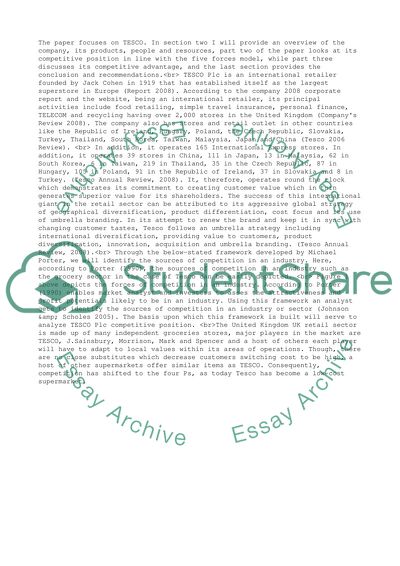Cite this document
(“Tesco Competitive Strategy Case Study Example | Topics and Well Written Essays - 1500 words”, n.d.)
Retrieved from https://studentshare.org/business/1502255-tesco-competitive-strategy
Retrieved from https://studentshare.org/business/1502255-tesco-competitive-strategy
(Tesco Competitive Strategy Case Study Example | Topics and Well Written Essays - 1500 Words)
https://studentshare.org/business/1502255-tesco-competitive-strategy.
https://studentshare.org/business/1502255-tesco-competitive-strategy.
“Tesco Competitive Strategy Case Study Example | Topics and Well Written Essays - 1500 Words”, n.d. https://studentshare.org/business/1502255-tesco-competitive-strategy.


